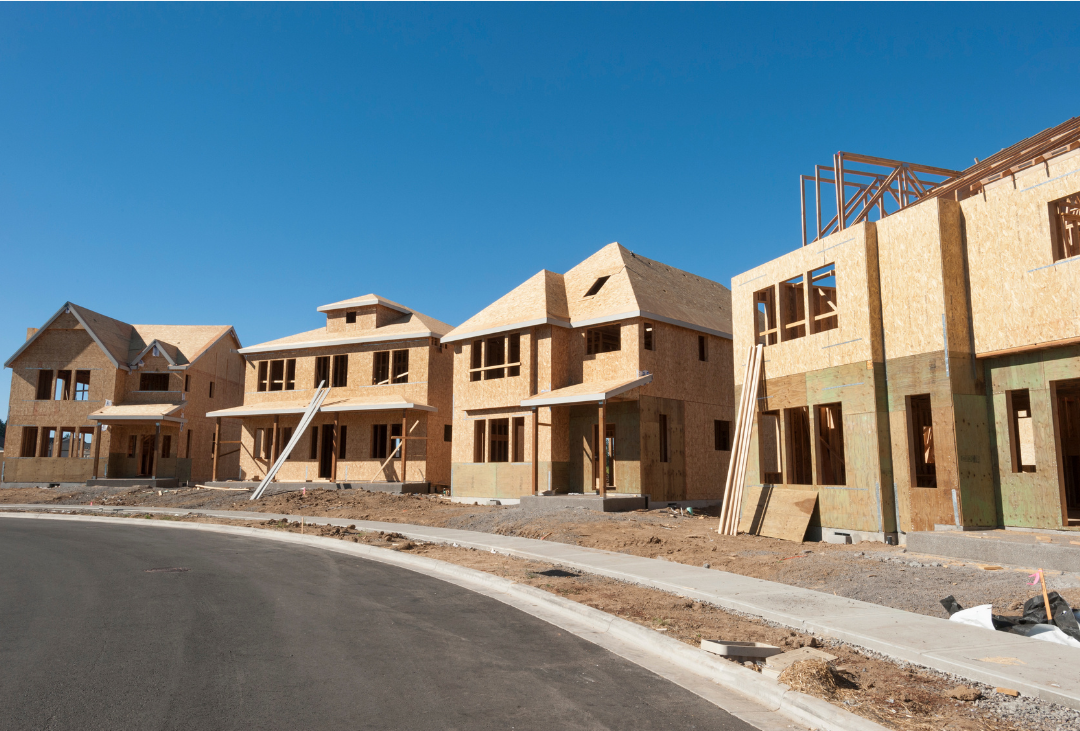The Canadian real estate market is experiencing a correction period. While many industry observers are stopping short of calling this downturn a crash, it is clear that the once-sizzling housing sector is being doused by rising interest rates and broader uncertainty surrounding market conditions. So, are we still experiencing an affordability crisis?
In September, the national average home price tumbled 3.9 per cent from the same time a year ago to $637,673, according to the Canadian Real Estate Association (CREA). Even when Toronto and Vancouver – two of the hottest housing markets in Canada – are eliminated from the equation, the typical residential property in the country sold for more than $500,000. While this is immensely lower than the roughly $800,000 at the height of the coronavirus pandemic, it is still expensive for the average Canadian household.
Does this mean that Canada is still going through a housing affordability crisis? Indeed, during the 2021 federal election campaign, affordability was one of the main public policy discussions. However, months later, it is a topic that no longer appears to be on the front burner, as prices have been falling.
While the Bank of Canada (BoC) is pulling the trigger on aggressive rate hikes, which will subsequently increase mortgage rates, it is not exactly certain that Canadian real estate market prices will sustain their downward trajectory. This is especially true when demand is expected to climb over the next decade, but supply will fail to keep up.

5.8 Million New Homes Needed by 2030 To Tackle Affordability Crisis
A 2018 report by Canada Mortgage and Housing Corporation (CMHC) projected that Canada’s housing stock would increase by 2.3 million units by 2030, bringing the country’s housing stock to nearly 19 million housing units.
This past summer, the CMHC published an eye-opening report about the state of the nation’s real estate market moving forward. The agency explained that 3.5 million additional homes must be constructed by 2030 to achieve affordability.
“Increasing supply will be difficult. Critically, increasing supply takes time because the time to construct is significant, but so is the time to progress through government approval processes,” the report stated. “This delay means that we must act today to achieve affordability by 2030.”
But is this doable? Many hurdles will need to be overcome to achieve this figure.
Today, the construction industry is going through a labour shortage, the economy is still suffering from rampant price inflation, higher borrowing costs have weighed on new housing construction activity and softening real estate market conditions are ubiquitous across the country.
“There are supply issues, labour shortages at the moment and the cost of financing is going up, so clearly there are short-term challenges,” said CMHC deputy chief economist Aled ab Iorwerth during a conference call in July.
In August, the Standalone Seasonally Adjusted Annual Rate (SAAR) for housing starts for all areas in Canada tumbled three per cent to 267,443 units, according to the latest CMHC data.
With a growing population, more international students, and an increasing number of newcomers – Prime Minister Justin Trudeau’s three-year plan to welcome more than one million immigrants to Canada will intensify demand for residential properties. As a result, both the cost of homes and the price of rent are expected to accelerate over the next decade.

How Bad is Housing Affordability in Canada?
Is buying a home an uphill battle for most Canadian households? Not necessarily. Are home-ownership costs enormous? Yes, says the Royal Bank of Canada (RBC).
In late September, RBC Economics published a research note that concluded “buying a home has never been so unaffordable in Canada,” driven by soaring interest rates that are lifting ownership costs to record-high levels.
“The Bank of Canada’s rate hiking campaign since March has added hundreds of dollars to mortgage payments that come with a home purchase. This, along with the jump in property values during the pandemic have made it more difficult than ever to become a homeowner in Canada. RBC’s national aggregate affordability measure reached 60 per cent in the second quarter, surpassing the previous worst-ever point (57%) in 1990,” senior RBC economist Robert Hogue stated. “Affordability worsened everywhere in Canada: The deterioration over the past year has been off the charts in most markets with only parts of the Prairies and Quebec having experienced deeper erosion in the past.”
The silver lining is that declining prices nationwide should help mitigate some of the elevated ownership costs heading into 2023, the bank noted. But for how much longer prices can slide remains to be seen.
Courtesy: remax.ca


Leave A Comment